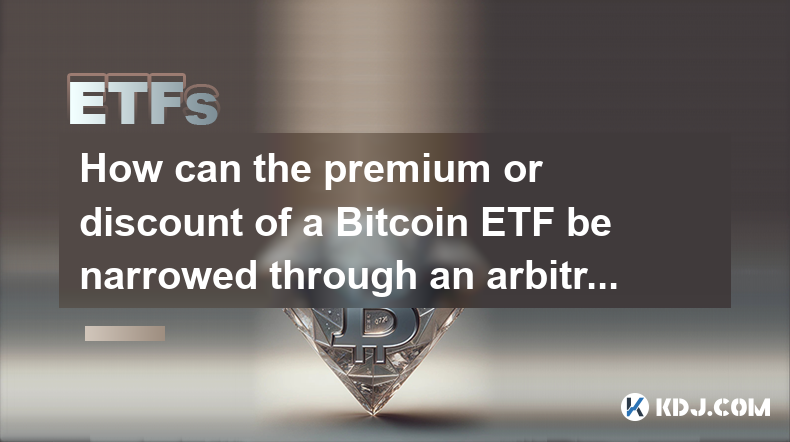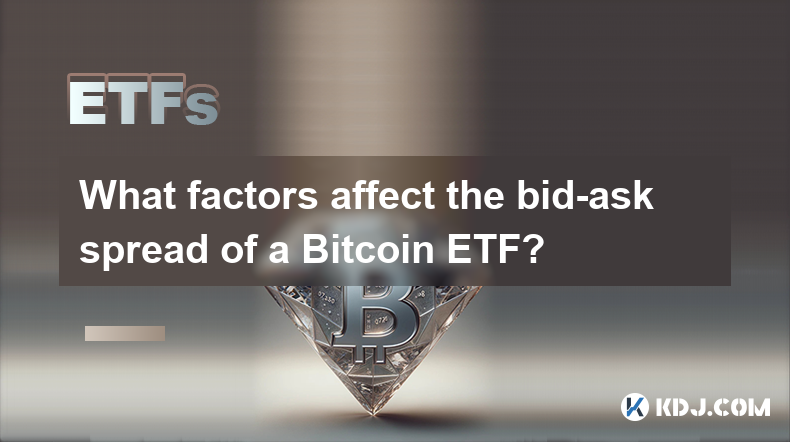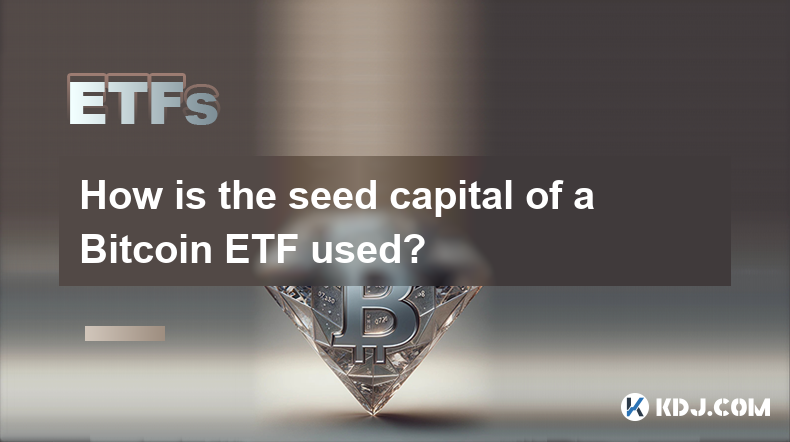-
 Bitcoin
Bitcoin $87,985.5737
0.72% -
 Ethereum
Ethereum $1,574.8026
-3.90% -
 Tether USDt
Tether USDt $0.9999
0.00% -
 XRP
XRP $2.0783
-1.83% -
 BNB
BNB $600.4630
-0.57% -
 Solana
Solana $138.7268
-1.43% -
 USDC
USDC $1.0000
0.00% -
 Dogecoin
Dogecoin $0.1604
-0.49% -
 TRON
TRON $0.2468
0.93% -
 Cardano
Cardano $0.6232
-2.68% -
 Chainlink
Chainlink $13.0447
-3.65% -
 UNUS SED LEO
UNUS SED LEO $9.1903
-2.36% -
 Avalanche
Avalanche $19.7884
-0.95% -
 Stellar
Stellar $0.2455
-2.64% -
 Toncoin
Toncoin $2.9136
-3.77% -
 Shiba Inu
Shiba Inu $0.0...01234
-3.12% -
 Sui
Sui $2.2351
0.79% -
 Hedera
Hedera $0.1701
-0.34% -
 Bitcoin Cash
Bitcoin Cash $343.8870
1.52% -
 Hyperliquid
Hyperliquid $18.4355
1.81% -
 Litecoin
Litecoin $78.5146
-0.23% -
 Polkadot
Polkadot $3.7235
-4.61% -
 Dai
Dai $1.0000
0.00% -
 Bitget Token
Bitget Token $4.4307
-2.55% -
 Ethena USDe
Ethena USDe $0.9992
-0.01% -
 Pi
Pi $0.6322
-0.72% -
 Monero
Monero $215.4354
-0.09% -
 Pepe
Pepe $0.0...07934
0.95% -
 Uniswap
Uniswap $5.2398
-3.49% -
 OKB
OKB $50.8827
-0.49%
What is the tracking error of Bitcoin ETF?
Bitcoin ETF tracking error, measuring performance against its index, is influenced by factors like transaction costs, management fees, index choice (spot vs. futures), and Bitcoin's volatility. Lower isn't always better; consider risk-adjusted returns and market context.
Feb 27, 2025 at 10:37 am

What is the Tracking Error of a Bitcoin ETF? Unpacking the Complexities of Index Fund Performance
Key Points:
- Defining Tracking Error: Tracking error measures how closely a Bitcoin ETF's performance mirrors the performance of its underlying Bitcoin index. A lower tracking error indicates better adherence to the benchmark. Several factors contribute to tracking error, including transaction costs, management fees, and the ETF's investment strategy.
- Factors Influencing Tracking Error: The specifics of a Bitcoin ETF's methodology significantly impact its tracking error. This includes the choice of Bitcoin index (e.g., spot price index vs. a futures-based index), the frequency of rebalancing, the ETF provider's trading strategies, and the inherent volatility of Bitcoin itself.
- Interpreting Tracking Error Values: While a lower tracking error is generally preferred, it's crucial to consider the context. A slightly higher tracking error might be acceptable if it's accompanied by superior risk-adjusted returns. The acceptable level of tracking error depends on individual investor preferences and risk tolerance. Moreover, the interpretation of tracking error needs to account for the market conditions prevalent during the measurement period.
Understanding Tracking Error in the Context of Bitcoin ETFs
- The Nature of Bitcoin and its Impact on Tracking Error: Bitcoin's high volatility presents a unique challenge for Bitcoin ETFs. Price swings can significantly impact the ETF's ability to precisely track its benchmark. Sudden price movements, whether upward or downward, can create larger discrepancies between the ETF's performance and the underlying Bitcoin index. Furthermore, the 24/7 trading nature of Bitcoin markets necessitates constant monitoring and adjustments by the ETF manager, which can add complexity and contribute to tracking error. The decentralized and unregulated nature of the Bitcoin market also introduces uncertainties not found in traditional equity markets, impacting the precision of tracking. The liquidity of Bitcoin exchanges, which can fluctuate, also affects the ease with which the ETF manager can execute trades, potentially leading to higher tracking error.
- The Role of the Underlying Index in Determining Tracking Error: The selection of the underlying Bitcoin index is a critical determinant of a Bitcoin ETF's tracking error. Different indices might employ varying methodologies, leading to differences in performance. For example, a spot Bitcoin price index will directly reflect the market price of Bitcoin, whereas a futures-based index will reflect the price of Bitcoin futures contracts. Futures contracts can introduce basis risk – the difference between the futures price and the spot price of Bitcoin – which can contribute to tracking error. Furthermore, the composition of the index itself – whether it focuses solely on Bitcoin or incorporates other crypto assets – will influence the ETF's tracking performance. The weighting of different Bitcoin exchanges within the index also matters, as discrepancies in pricing across exchanges can affect the overall index value and thus the ETF's ability to track it precisely.
- The Impact of ETF Management Strategies on Tracking Error: The strategies employed by the ETF provider significantly influence tracking error. Active management strategies, where the fund manager attempts to outperform the index, inherently introduce a higher potential for tracking error. Passive management strategies, aiming to replicate the index as closely as possible, generally result in lower tracking error. However, even passive strategies are not immune to tracking error, due to factors like transaction costs and the inherent limitations of replicating a highly volatile asset like Bitcoin. The frequency of rebalancing the ETF's portfolio also impacts tracking error; more frequent rebalancing can reduce tracking error but increases transaction costs. The ETF manager’s expertise in navigating the complexities of the cryptocurrency market, including understanding market liquidity and trading efficiently, plays a crucial role in minimizing tracking error. The use of sophisticated trading algorithms and technology can also help minimize slippage and transaction costs, leading to a lower tracking error.
- Transaction Costs and Fees: Their Contribution to Tracking Error: Transaction costs, including brokerage fees, exchange fees, and slippage (the difference between the expected price and the actual execution price), directly impact an ETF's tracking error. Higher transaction costs, resulting from frequent trading or trading in illiquid markets, lead to a larger divergence between the ETF's performance and the benchmark. Management fees, charged by the ETF provider for managing the fund, also contribute to tracking error, albeit indirectly. While management fees don't directly affect the ETF's price movements, they reduce the overall return available to investors, potentially widening the gap between the ETF's performance and the index's return. The overall expense ratio, encompassing both management fees and other operational expenses, is a key factor to consider when evaluating the potential tracking error of a Bitcoin ETF. A higher expense ratio generally implies a greater potential for tracking error, as more of the fund's assets are consumed by expenses rather than being invested in the underlying Bitcoin.
- Regulatory Factors and Their Influence on Tracking Error: Regulatory changes and the overall regulatory landscape surrounding Bitcoin and cryptocurrencies can indirectly influence a Bitcoin ETF's tracking error. Regulatory uncertainty or changes in regulations can affect the liquidity of Bitcoin markets, making it more challenging for the ETF to execute trades efficiently. This, in turn, can lead to increased slippage and higher transaction costs, ultimately contributing to a higher tracking error. Furthermore, regulatory scrutiny on the ETF itself can impact its operations and potentially increase its costs, which may also contribute to higher tracking error. Conversely, a clear and stable regulatory framework can enhance market efficiency and liquidity, potentially leading to lower tracking error for Bitcoin ETFs.
FAQs:
Q: What is considered a "good" tracking error for a Bitcoin ETF?
A: There's no universally agreed-upon "good" tracking error. It depends on the investor's risk tolerance and investment goals. A tracking error below 1% is generally considered low, while a tracking error above 2% might be considered high. However, the context is crucial. A slightly higher tracking error might be acceptable if the ETF consistently outperforms the index after accounting for fees.
Q: How is tracking error calculated for a Bitcoin ETF?
A: Tracking error is typically calculated as the standard deviation of the difference between the ETF's daily returns and the daily returns of its benchmark index. This calculation provides a measure of the variability of the ETF's performance relative to its benchmark.
Q: Can tracking error be completely eliminated?
A: No, completely eliminating tracking error is practically impossible. The inherent volatility of Bitcoin, transaction costs, and management fees will always contribute to some degree of tracking error. The goal is to minimize it as much as possible through efficient management strategies and a well-designed ETF structure.
Q: How often is tracking error reported for Bitcoin ETFs?
A: Tracking error is typically reported periodically, often monthly or annually, in the ETF's fact sheets and prospectuses. Some providers may offer more frequent reporting.
Q: Does a high tracking error necessarily mean a bad investment?
A: Not necessarily. A high tracking error could be due to factors unrelated to poor management, such as extreme market volatility. Investors should assess the reasons behind a high tracking error before making judgments about the ETF's overall performance. A thorough analysis of the ETF's investment strategy and management fees, in conjunction with the tracking error, is essential for informed decision-making.
Disclaimer:info@kdj.com
The information provided is not trading advice. kdj.com does not assume any responsibility for any investments made based on the information provided in this article. Cryptocurrencies are highly volatile and it is highly recommended that you invest with caution after thorough research!
If you believe that the content used on this website infringes your copyright, please contact us immediately (info@kdj.com) and we will delete it promptly.
- Reserve Protocol's RSR token surges over 13% after Coinbase listing announcement
- 2025-04-22 13:40:11
- Bitcoin (BTC) May Soon Mirror Gold's Price Trajectory, Setting Up a $450,000 Target by Year-End
- 2025-04-22 13:40:11
- PEPE price prediction: Bullish breakout could be the start of a rally
- 2025-04-22 13:35:12
- Pi Network (PI) Price Prediction: Experts Forecast Jump to $5
- 2025-04-22 13:35:12
- 4 Altcoins That Will Explode in 2025: What Web3 ai, XRP, Cardano, and PEPE Are Signaling Now
- 2025-04-22 13:30:12
- Mantra (OM) founder and CEO John Patrick Mullin has started unstaking 150 million of his Mantra (OM) tokens
- 2025-04-22 13:30:12
Related knowledge

What is the difference in returns between long-term holding of a Bitcoin ETF and holding Bitcoin directly?
Apr 09,2025 at 04:15am
When considering the difference in returns between long-term holding of a Bitcoin ETF and holding Bitcoin directly, it's essential to understand the nuances and factors that affect each investment option. Both approaches have their unique advantages and potential drawbacks, which can significantly impact the overall returns over time. Understanding Bitc...

How is the "roll cost" of a futures Bitcoin ETF generated?
Apr 08,2025 at 01:22pm
The 'roll cost' of a futures Bitcoin ETF is a critical concept for investors to understand, as it directly impacts the performance of the ETF. In this article, we will delve into the mechanics of how the roll cost is generated, exploring the underlying processes and factors that contribute to this cost. Understanding Futures ContractsFutures contracts a...

How can the premium or discount of a Bitcoin ETF be narrowed through an arbitrage mechanism?
Apr 09,2025 at 12:07am
Arbitrage mechanisms play a crucial role in narrowing the premium or discount of a Bitcoin Exchange Traded Fund (ETF). Understanding how these mechanisms work can provide valuable insights into the dynamics of Bitcoin ETFs and their relationship with the underlying asset. This article will delve into the specifics of how arbitrage can be used to align t...

What factors affect the bid-ask spread of a Bitcoin ETF?
Apr 08,2025 at 08:50pm
The bid-ask spread of a Bitcoin Exchange Traded Fund (ETF) is a critical metric that investors and traders closely monitor. It represents the difference between the highest price a buyer is willing to pay (bid) and the lowest price a seller is willing to accept (ask). Several factors influence this spread, and understanding them can help investors make ...

How is the seed capital of a Bitcoin ETF used?
Apr 10,2025 at 02:15pm
The seed capital of a Bitcoin ETF plays a crucial role in the establishment and operation of the fund. This initial investment is used to create the fund's underlying assets, manage operational costs, and ensure the ETF can start trading on an exchange. Understanding how this seed capital is utilized provides insight into the mechanics of Bitcoin ETFs a...

What is the difference between "physically backed" and "synthetic" Bitcoin ETFs in terms of holding assets?
Apr 10,2025 at 04:56pm
Bitcoin Exchange Traded Funds (ETFs) have become a popular way for investors to gain exposure to the cryptocurrency market without directly owning the underlying asset. There are two primary types of Bitcoin ETFs: physically backed and synthetic. Understanding the differences between these two types, particularly in terms of how they hold assets, is cru...

What is the difference in returns between long-term holding of a Bitcoin ETF and holding Bitcoin directly?
Apr 09,2025 at 04:15am
When considering the difference in returns between long-term holding of a Bitcoin ETF and holding Bitcoin directly, it's essential to understand the nuances and factors that affect each investment option. Both approaches have their unique advantages and potential drawbacks, which can significantly impact the overall returns over time. Understanding Bitc...

How is the "roll cost" of a futures Bitcoin ETF generated?
Apr 08,2025 at 01:22pm
The 'roll cost' of a futures Bitcoin ETF is a critical concept for investors to understand, as it directly impacts the performance of the ETF. In this article, we will delve into the mechanics of how the roll cost is generated, exploring the underlying processes and factors that contribute to this cost. Understanding Futures ContractsFutures contracts a...

How can the premium or discount of a Bitcoin ETF be narrowed through an arbitrage mechanism?
Apr 09,2025 at 12:07am
Arbitrage mechanisms play a crucial role in narrowing the premium or discount of a Bitcoin Exchange Traded Fund (ETF). Understanding how these mechanisms work can provide valuable insights into the dynamics of Bitcoin ETFs and their relationship with the underlying asset. This article will delve into the specifics of how arbitrage can be used to align t...

What factors affect the bid-ask spread of a Bitcoin ETF?
Apr 08,2025 at 08:50pm
The bid-ask spread of a Bitcoin Exchange Traded Fund (ETF) is a critical metric that investors and traders closely monitor. It represents the difference between the highest price a buyer is willing to pay (bid) and the lowest price a seller is willing to accept (ask). Several factors influence this spread, and understanding them can help investors make ...

How is the seed capital of a Bitcoin ETF used?
Apr 10,2025 at 02:15pm
The seed capital of a Bitcoin ETF plays a crucial role in the establishment and operation of the fund. This initial investment is used to create the fund's underlying assets, manage operational costs, and ensure the ETF can start trading on an exchange. Understanding how this seed capital is utilized provides insight into the mechanics of Bitcoin ETFs a...

What is the difference between "physically backed" and "synthetic" Bitcoin ETFs in terms of holding assets?
Apr 10,2025 at 04:56pm
Bitcoin Exchange Traded Funds (ETFs) have become a popular way for investors to gain exposure to the cryptocurrency market without directly owning the underlying asset. There are two primary types of Bitcoin ETFs: physically backed and synthetic. Understanding the differences between these two types, particularly in terms of how they hold assets, is cru...
See all articles























































































